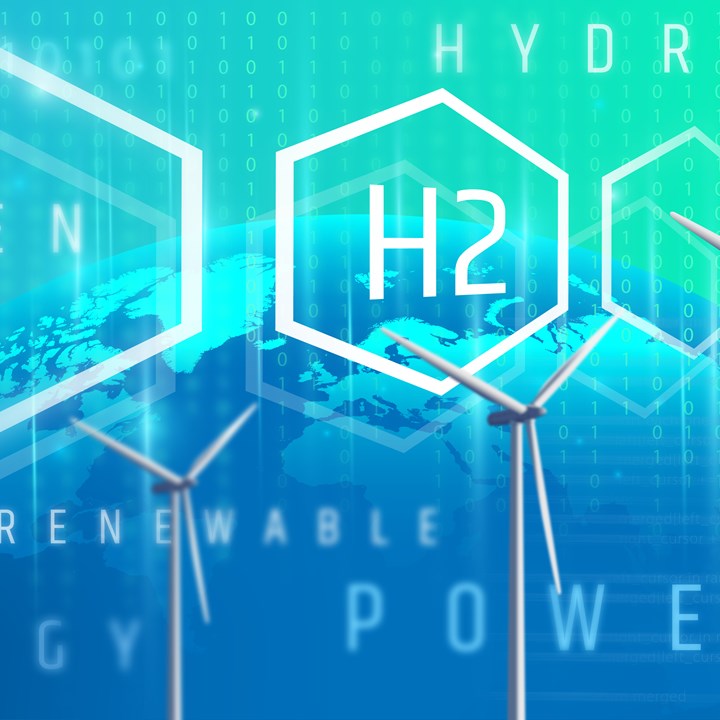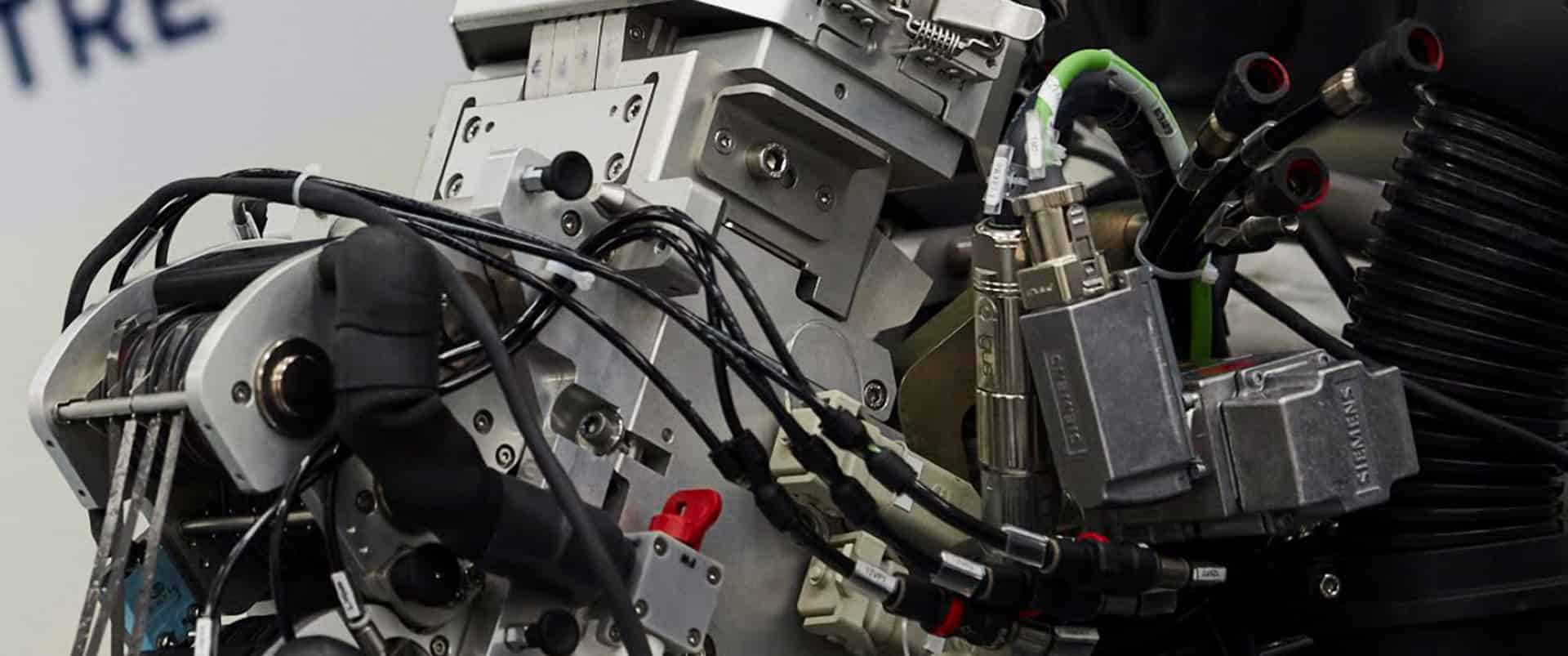The pressing need to develop sustainable ways of using advanced materials is at the heart of the projects selected for the National Composite Centre’s Core Research programme for 2022/23.
Working with NCC Member organisations across various sectors in a collaborative initiative, the NCC will empower industry to benefit from the unique properties that make composites such a vital technology in achieving Net Zero. The programme will also press towards making the materials themselves more sustainable, as well as developing testing methods that will make it possible to use hydrogen as an alternative, zero-emissions fuel source.
Other topics of study include using composites in structures that require fire resistance, enhancing manual manufacturing with digital immersivity, and using 3D printing for manufacture with recycled materials.
NCC Tier 1 Members drive the technical direction of the Core Research programme, and access research outputs over 15 times the value of their contribution through the collaborative nature of the programme. Tier 2 and Associate Members of the NCC can also access Core’s leading-edge research, with more information available here.
For more information on any of this year’s Core Research projects, please contact Matt Scott, Chief Engineer for Capability.






